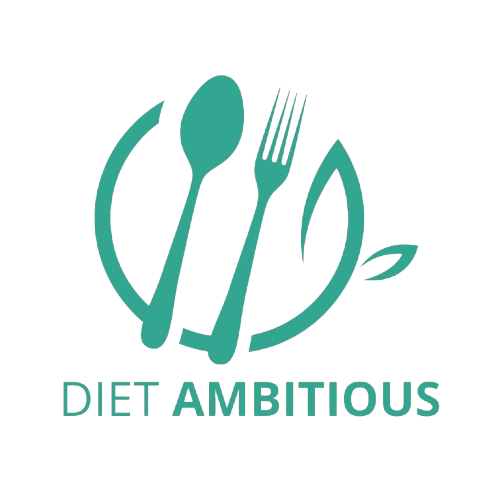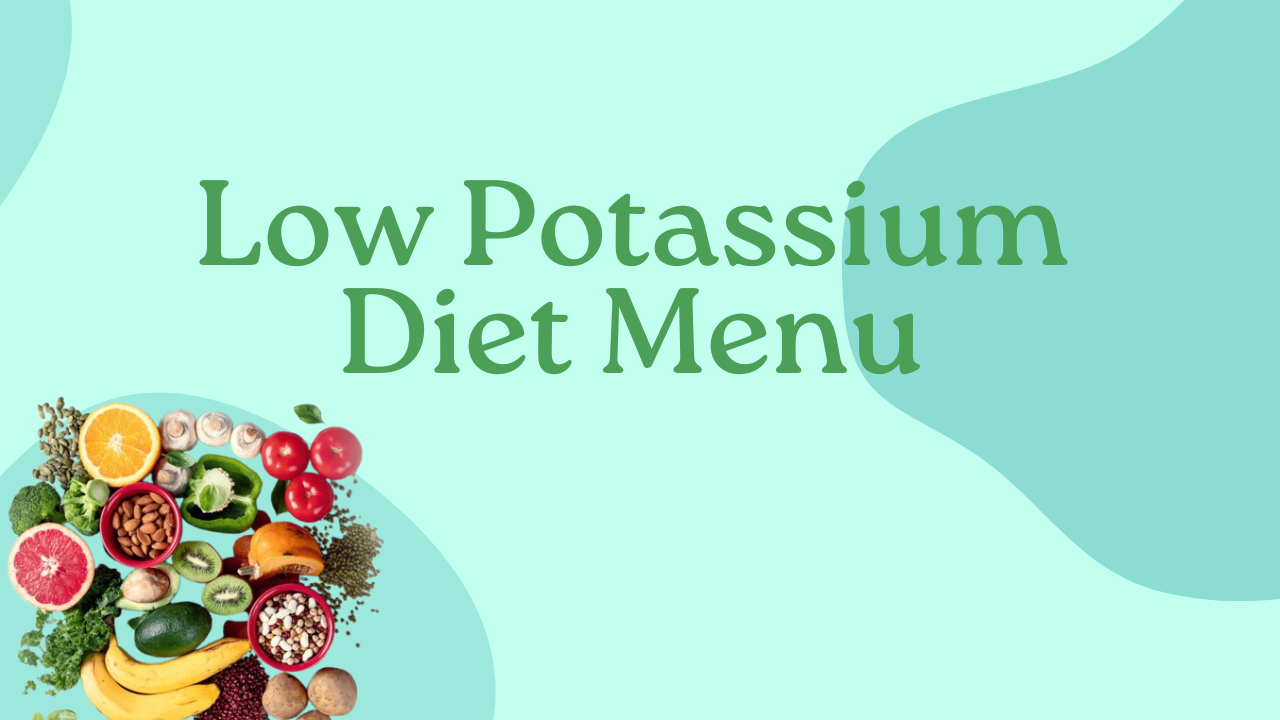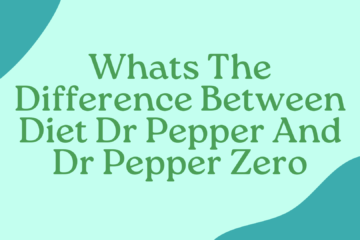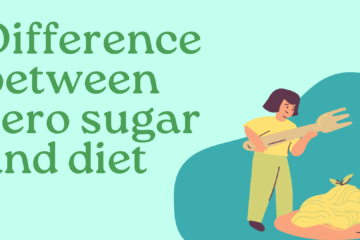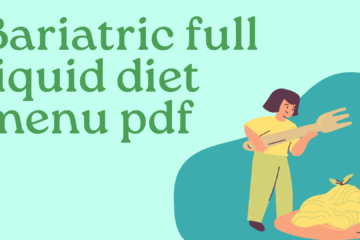If your doctor or dietitian told you to follow a low potassium diet, you might be wondering what that even means. Potassium is a mineral your body needs, but too much of it can be a problem, especially if you have kidney issues.
The good news is you can still eat tasty meals without overloading on potassium. Here’s what a low potassium diet looks like and a full menu to help you get started.
Table of Contents
What Is a Low Potassium Diet?
Potassium helps with muscle function, heart rhythm, and keeping your nerves working right. But if your kidneys aren’t filtering potassium properly, it can build up in your blood, which can be dangerous.
A low potassium diet usually means sticking to 2,000 to 3,000 mg of potassium per day. That means avoiding certain fruits, vegetables, and other high-potassium foods.
Foods to Avoid
Here are some common foods that are high in potassium:
- Bananas
- Oranges and orange juice
- Potatoes
- Tomatoes and tomato sauce
- Avocados
- Spinach
- Beans and lentils
- Dairy like milk and yogurt
Foods You Can Eat
Here are some low-potassium foods that are usually safe:
- Apples, grapes, berries
- Rice and pasta
- Bread and tortillas
- Eggs
- Green beans, cucumbers, lettuce
- Chicken, turkey, and fish (in moderation)
- Unsalted crackers, popcorn, and white rice cereal
Now let’s put it all together into a simple menu.
Sample Low Potassium Diet Menu
Breakfast
- 1 slice of white toast with unsalted butter
- 1 scrambled egg
- 1 small apple
- Herbal tea or black coffee (no milk)
Morning Snack
- Unsalted rice cakes
- A few grapes or a small handful of blueberries
Lunch
- Turkey sandwich on white bread (no tomato)
- Lettuce and cucumber slices
- Small serving of pasta salad (no beans or tomatoes)
- Water or lemon-infused water
Afternoon Snack
- Air-popped popcorn (unsalted)
- A few baby carrots
Dinner
- Grilled chicken breast
- White rice
- Steamed green beans
- A small dinner roll with margarine
- Water or unsweetened iced tea
Dessert
- A small bowl of strawberries with a spoon of whipped topping
- Or a lemon-flavored gelatin cup
Tips to Keep Potassium Low
Check Food Labels
Some processed foods hide potassium in the ingredients list. Look for things like potassium chloride or potassium phosphate.
Watch Your Portion Sizes
Even low-potassium foods can add up if you eat too much of them. Stick to normal portions unless your dietitian says otherwise.
Boil Your Veggies
Boiling vegetables and draining the water can lower their potassium content. It works great for things like carrots, cauliflower, and squash.
Final Thoughts
Being on a low potassium diet doesn’t mean eating bland food. With the right swaps and a little planning, you can build a tasty menu that fits your needs. Always follow your doctor or dietitian’s advice, and don’t be afraid to ask questions about what’s safe.
Keep it simple, check your labels, and you’ll be good to go.
